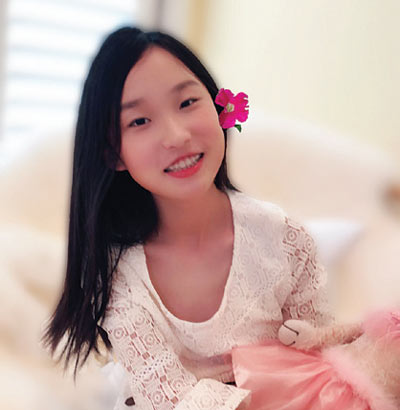
Christina Peng/ BeckmanHS 10th Grade
Every morning, Tamara would receive a fresh email with a spreadsheet containing stories based on the other side of the world--the United States.
Next to it would be deadlines each set a few hours later. Tamara’s job is to rewrite and churn out plagiarized articles to serve back to unsuspecting US readers thousands of miles away.
The copycat news sites contained articles with glaring inaccuracies and misinformation based on real events. Images attached to the articles were often taken from different events entirely.
Tamara told BBC News, “As you can see, I just typed ‘Muslim attacks’ and there are so many articles about Muslims attacking people. Many of these I believe are not even true, they are just making it up.”
In 2016, over 100 websites cranking out fake news ahead of the US presidential election came from a small town in North Macedonia, an ocean away from the election.
The articles were written in ways to provoke fear and anger in readers, playing to people’s prejudices to give a skewed view of the world.
Working with William Dance, a linguistic and fake news expert from Lancaster University, Newsnight is tracking disinformation political campaigns from close Facebook groups. One of the largest groups they tracked was “Brexit Party - Supporters” which redirects you to the site RedPillFactory.uk which has been pointed out by critics to report fake news and propaganda featuring the yellow vest movement, immigration, and Brexit.
The articles use the repetition of fear to instill false ideas against a particular cause. Though we may think we have the ability to decipher fake news, even the most obvious fake news starts to become believable if it’s shared enough times.
In fact, Paul Horner, a publisher of fake news, believes Donald Trump got elected because of him.
He told the Washington Post on November 17, 2016, My sites were picked up by Trump supporters all the time... His followers don’t fact-check anything ? they’ll post everything, believe anything.”
How can you armor up against these digital lies? An easy way is to check who produced it--does it come from a reputable source?
If you are unsure, search for coverage of the story elsewhere to verify if the event actually occurred or if it was made up to brainwash you.
<
Christina Peng/ BeckmanHS 10th Grade>

